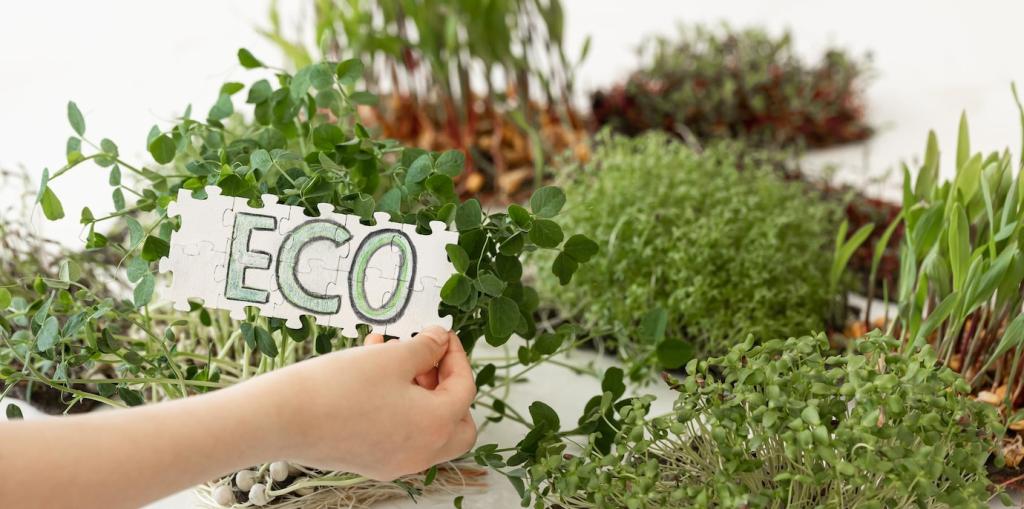Multifunctional Design Solutions for Eco-Friendly Homes
Discover the innovative world of multifunctional design solutions tailored for eco-friendly homes. Explore how aesthetic appeal can blend seamlessly with environmental responsibility, creating living spaces that are both beautiful and sustainable. This comprehensive guide delves into the principles, materials, and strategies that form the foundation of modern, green interior and architectural designs. By prioritizing adaptability, efficiency, and natural integration, multifunctional design enables homeowners to enjoy versatile, eco-conscious living environments that respond dynamically to diverse needs and lifestyles.

Previous slide
Next slide


Previous slide
Next slide

Energy Efficiency and Smart Technology
Automated climate control systems monitor temperature, humidity, and occupancy to adjust heating and cooling dynamically. These systems optimize energy use by learning household patterns and responding in real-time, reducing unnecessary operation and utility expenses. By leveraging renewable energy sources and integrating seamlessly into building management platforms, automated controls allow for efficient adaptation to changing conditions, supporting consistent comfort and lower carbon footprints throughout the year.
Greywater recycling systems collect lightly used water from showers, sinks, and laundry, then filter and repurpose it for non-potable uses such as toilet flushing or landscape irrigation. These systems can be seamlessly integrated within plumbing layouts, operating quietly and efficiently to reduce fresh water demand. By treating and reusing water on-site, homes lower utility bills and relieve local infrastructure, all while contributing to broader water conservation efforts.

Enhancing Indoor Environmental Quality
Use of Natural Light and Ventilation
Strategic design focused on natural light and ventilation enhances both mood and energy efficiency. Large windows, skylights, and open floor plans welcome sunlight deep into the home, reducing the need for artificial lighting. Cross-ventilation pathways and operable windows facilitate consistent air exchange, minimizing reliance on mechanical systems. Intelligent zoning and the incorporation of biophilic design link interiors closely with the outdoors, supporting healthier, more adaptable living conditions.

Biophilic and Nature-Inspired Design Approaches
Fostering a strong connection between indoor and outdoor spaces supports psychological and physiological health. Features like expansive windows, garden views, and easy outdoor access unite residents with natural surroundings, promoting relaxation and creativity. Multifunctional spaces designed for seamless transitions allow for regular engagement with nature, elevating quality of life and driving greater awareness of environmental stewardship in daily routines.

